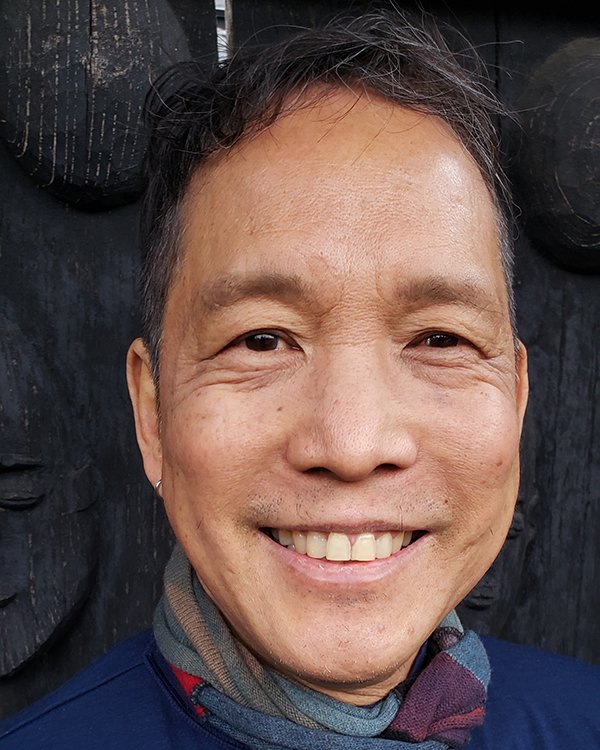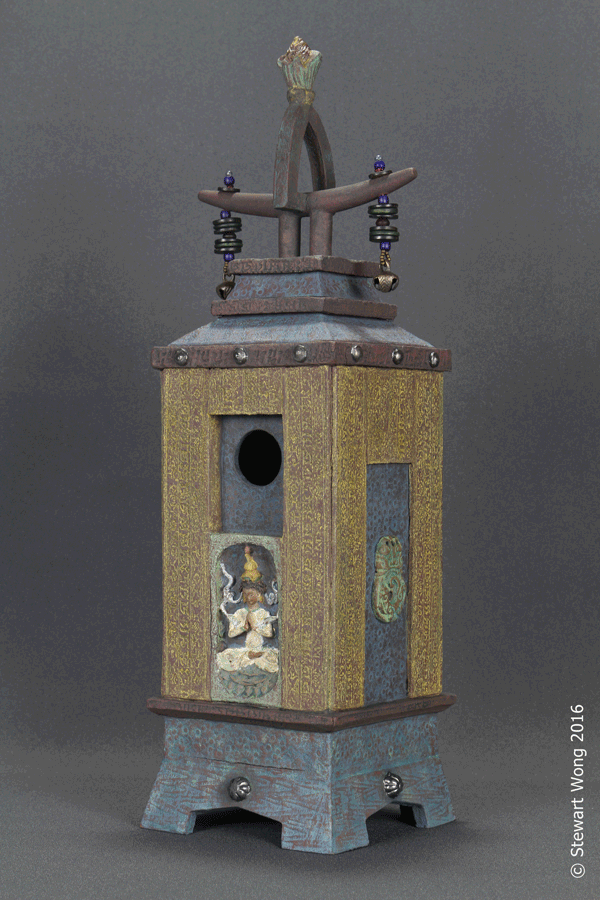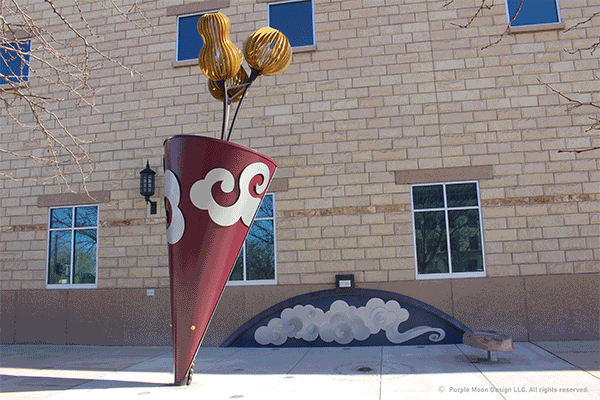Stewart Wong
We are pleased to share the art and ideas of Stewart Wong in the third installment of the NWDC Artist Interview series. The present social justice climate compelled Wong to shift focus from studio work to social justice, historic and culturally informed public artworks.
Architecture, civilizations, history, and world travels inspire his work. He is influenced by the arts and crafts movement of the late 19th and early 20th centuries. Wong’s work is also inspired by his curiosity of the built and natural environment, the structure and mechanics of those environments and the diversity and complexity that exist within.
His work reflects his knowledge and experience melding craft with technology. He explores mixed media sculpture and installation, including ceramics, baked enamel, metals, concrete, natural and manufactured material – adding layers of purpose, meaning and intrigue. His work ranges from two-dimensional paper arts to three-dimensional assemblages and sculpture, and large-scale public art installations.
Relocating to the Pacific Northwest from Hawaii in the 1980s imposed a cultural shift and environment change which has been transformational. This transition influences and informs his work, which reflects his cultural identity, heritage and diversity.
How were you introduced to art?
I think it started with early childhood development. My mom provided me coloring books and crayons back then which I spent hours coloring. I also used the crayons to create my own pictorials and eventually applying other crayon techniques and applications. Once I entered grade school, my art world opened up to the many differing ways of expressing myself.
Where do you find inspiration when creating new work?
At times from my dreams and moments of allowing my thoughts to roam freely. Not always sought after. They may also come from my travel or daily experiences. Sometimes the inspiration comes from within; in moments when I think about the possibilities of an idea and to challenge myself on how to transform an idea into reality.
What do you consider your greatest artistic achievement?
When I'm well connected and immersed in the experience and process of creating artwork and to the extent that my soul manifests in the work.
What is the quality you most like in an artist?
When I am inspired by an artist who is able to work and break through barriers to persevere in fulfilling their goals and mission.
Which living artist do you most admire?
I think each artist is admirable in their respectful discipline. The living artist that I most admire today is Roger Shimomura. I admire the artist's directness in his works that depict and address Asian American history and issues on racism, bigotry, stereotyping, and celebrates Asian American and American culture.
If you could change one thing about yourself, what would it be?
Be more influential and inspirational to others with my work.
What is your most treasured possession?
My soul.
Who has had a significant influence over your work?
Late Cornish College design professor, John Gierlich. He was a poet, public artist and an existentialist. His classroom curriculum encouraged critical thinking that is beneficial to my art projects. He encouraged me to incorporate thoughts from my writings into my art.
How has your studio practice changed?
The scope of my studio practice today is much broader since shifting into the public art sector. I went from studio work to my first public art installation in 2001. I became aware that public art projects can be restrictive and impose greater demands on me; where as, studio work allows for greater freedom in all aspects of creating artwork.
What is your idea of perfect happiness?
Achieving peace and solace within while maintaining optimum health.




